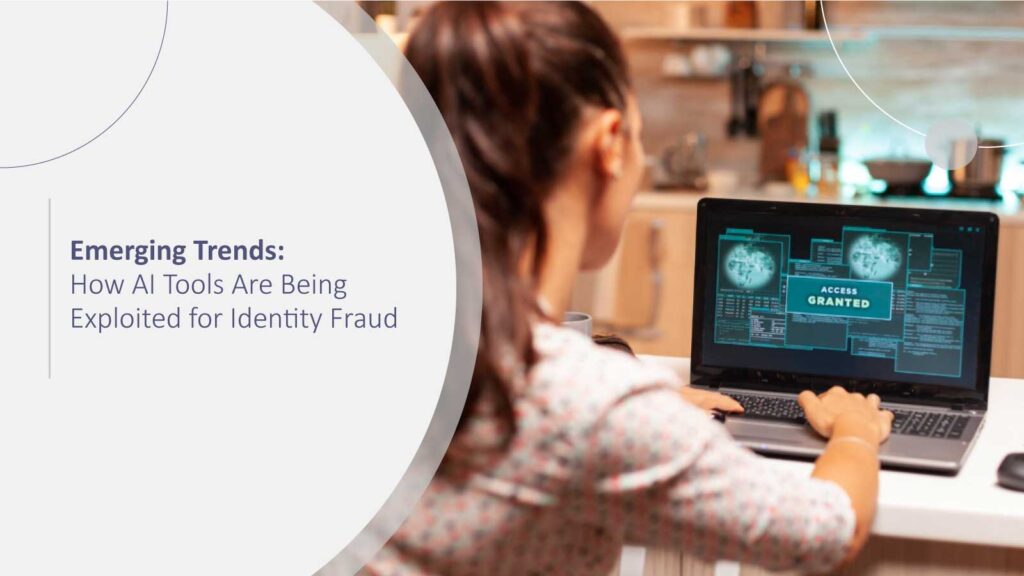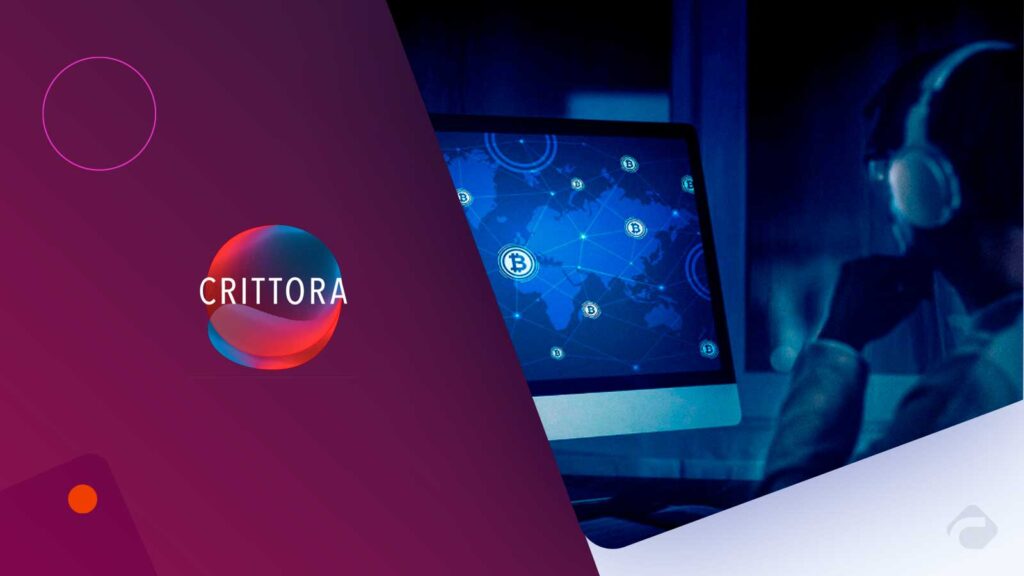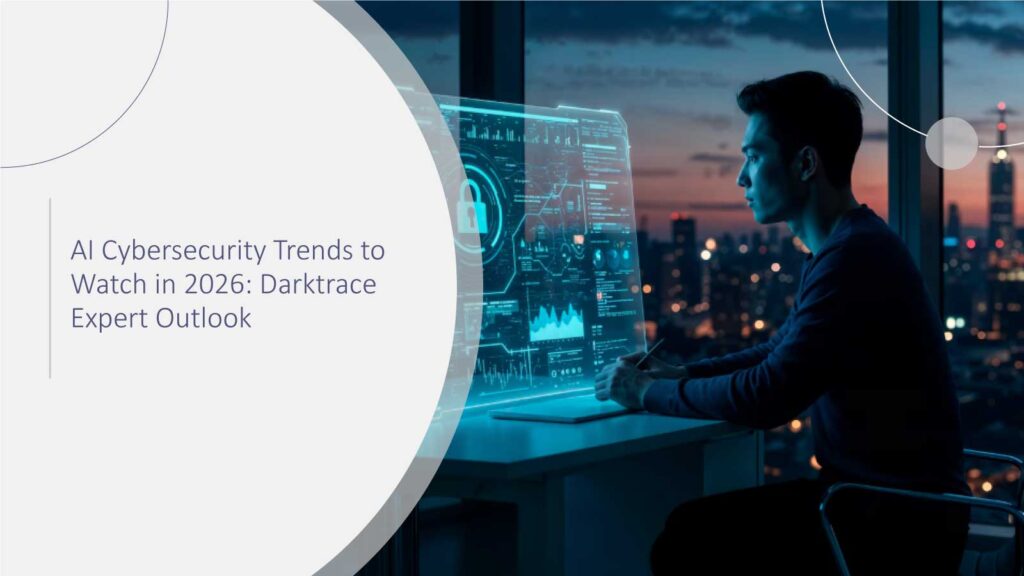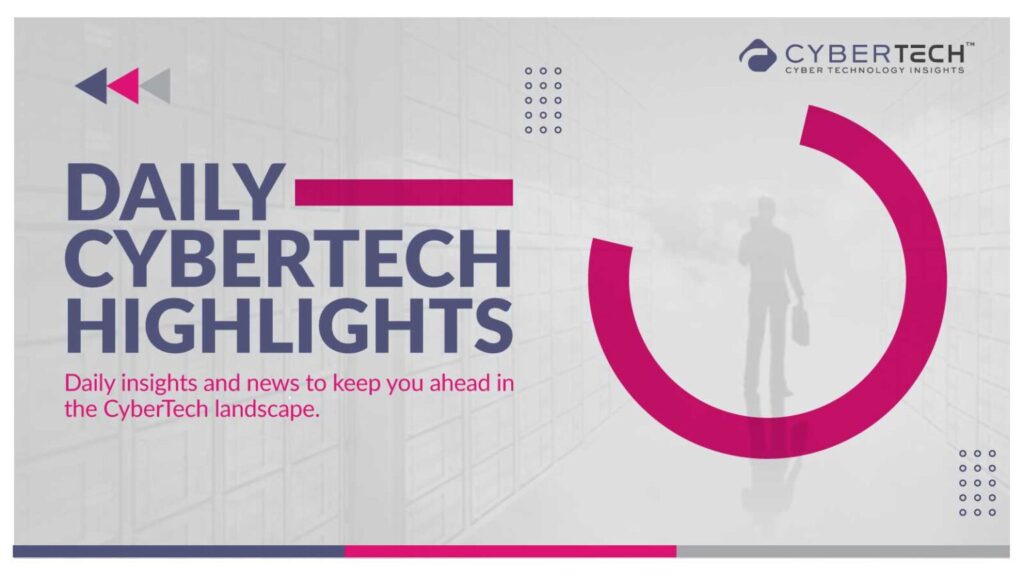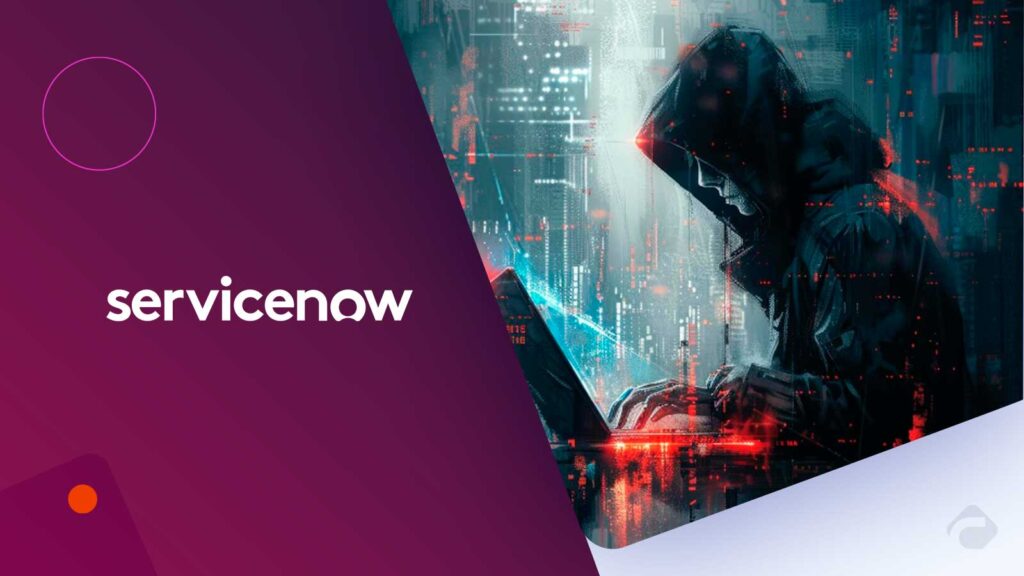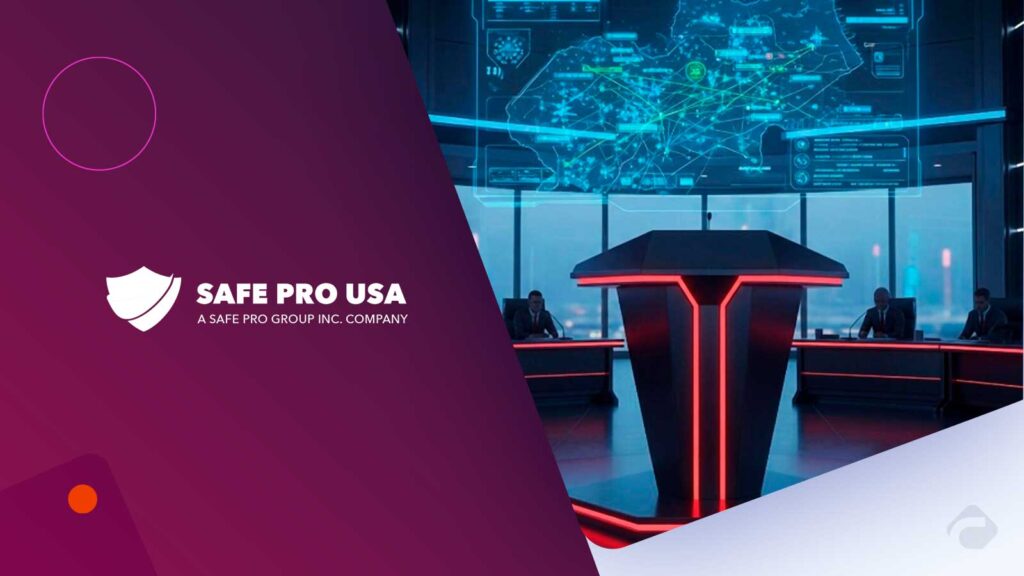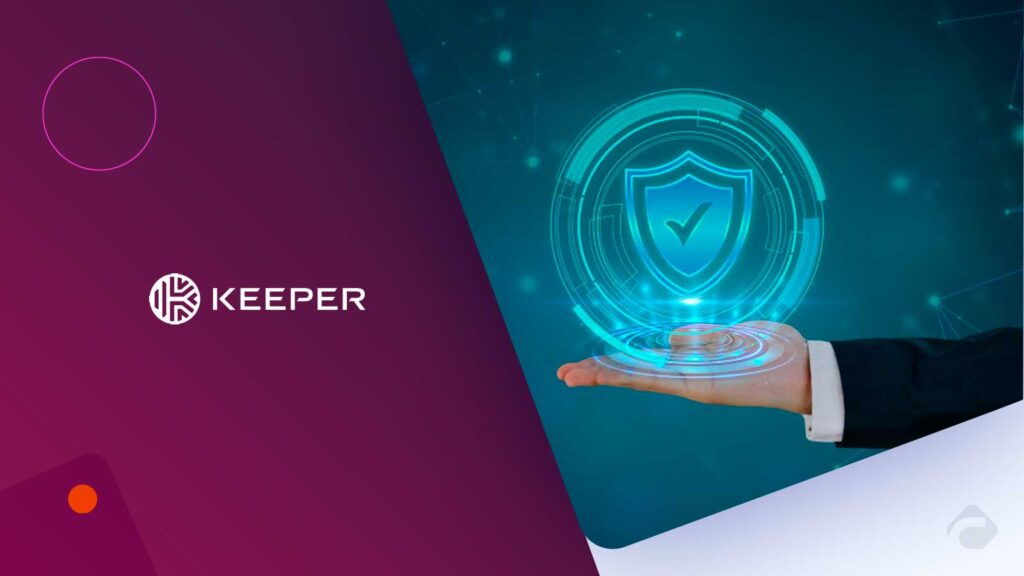Introduction: A New Face to an Old Threat
Identity fraud has always been with us; however, it has brought along with it advanced methods that are getting faster and faster. Before, the criminals were using one of several methods, such as employing stolen credit card numbers or dispatching poorly made phishing emails. Now, the bad guys have at their disposal artificial intelligence (AI) gadgets that are capable of copying your face, your voice, and even your writing style. It is not a dream of the future anymore\ it is happening right now in the cyber world.
McKinsey Global Survey 2024 on AI Adoption: 72% of organizations now use at least one AI tool in customer-facing processes.
If you are a businessperson and a professional who has to deal with meetings, data security, and deadlines all at the same time, this transformation should mean something to you on a personal level. Why? Through the process of elimination, every digital interaction you make, such as logging into your bank app, onboarding with a new SaaS platform, and attending a virtual event, creates a data trail that AI-powered fraudsters can easily access and use to their advantage.
In this piece of writing, we are going to delve into the question of how AI tools help criminals to come up with new schemes of identity fraud and what the implications of this issue are not only for organizations but individuals. Moreover, we are going to look at the ways you can follow to keep you one step ahead of the game. On this journey of ours, we will be incorporating some real-life situations, facts that have been verified, and some doable steps without being too technical or trying to scare you. Gartner 2024 Market Guide for Identity Proofing and Affirmation: 30% of identity-proofing attempts at financial institutions will be deepfake-enabled by 2026.
The AI-Fraud Intersection: Why It Matters Now
Two years in the past, major cybersecurity companies like Symantec and IBM Security published reports describing the numerous cases in which fraudsters have tried to use AI-generated content to fool the protective systems. Synthetic identity fraud was the largest source of loss in the U.S., losing more than $4 billion in 2023, according to Javelin Strategy & Research Identity Fraud Study 2024.
The number of these incidents corresponds to the number of AI tools that are available publicly. Besides that, deep fake video generators, voice cloning software, and text-based AI models have made it possible for bad guys to lower their technical skills requirements and even be helped by these tools. What has happened is that the fraudsters no longer necessarily have to be brilliant computer programmers, but rather they just need to know which tool they will select to carry out their fraudulent work.
From Phishing to “Phygital” Fraud: What Is New?
Let’s look at the AI-facilitated ways that criminals use and how these methods have become widespread.
1. Deepfake Identity Proofing
Imagine the process of hiring a new employee who will be working remotely, and you need a short video with an ID verification. What criminals are doing now is to produce an AI-based deepfake video of a face: the person is blinking, talking, the whole thing. In 2023, Europol talked about deepfakes to trick facial recognition technology at banks.
2. Voice Cloning Scams
In May 2024, the FTC announced the danger of voice cloning fraud, where AI creates the voice of the victim so that family members or co-workers are deceived into giving money or passwords. With a 30-second voice clip, the criminals can make a very similar voice copy.
3. Synthetic Digital Identities
AI can create completely new people by mixing real and fabricated datanames, SSNs, and emails. They are fictitious and used for getting credit, benefits, or access to company systems.
4. AI-Assisted Credential Stuffing
The AI-powered bots are now reworking the stolen login attempts faster and more smartly; they even modify the security they are trying to get past and are undetected. Use brute force got a boost here. State of Cybersecurity Resilience 2025: 43% of organizations saw AI-driven credential attacks that adapted in real time.
The Human Impact: Doesn’t Relate Only to Numbers
Numbers can be difficult to grasp, so here’s a case that people can relate to. A mid-sized bank in the United States recently found several fraudulent mortgage applications that managed to pass video ID checks. The ‘faces’ of the applicants matched the driver’s license, but the voices in follow-up calls did not match, so the bank staff got suspicious. The forensics confirmed that the faces and voices were AI-generations.
The message? It is not just a corporate IT problem anymore. It is a problem of personal trust. If you have ever had to upload a selfie to prove your identity or left a voice message in a business voicemail, then you are already contributing to the data goldmine that fraudsters are plundering.
Besides, who hasn’t done it? Our digital lives are not different from confetti being thrown at a parade; they are spread all over different platforms. This interconnectedness is what makes AI-powered identity fraud so potent and why vigilance matters.
Reasons Why AI-Driven Identity Fraud Is So Successful
There are several reasons why it is so effective for AI to commit identity fraud:
Scale: One single fraudster could imitate a colossal number of identities at the same time and all that just by using automated scripts.
Believability: Top-notch deepfakes and voice clones trick people into thinking “seeing is believing,” which is natural for a human to do.
Speed: The time it takes to produce AI-fabricated documents, videos, and voices is only a matter of minutes, which is faster than most traditional verification systems.
Furthermore, a lot of companies have embraced remote onboarding and self-service digital experiences, which creates a scenario for perfect storm for identity fraud innovation.
Defensive AI: Fighting Fire With Fire
The good part is: AI is not only on the bad side. AIs that firefighters in cybersecurity use to power are becoming the lampposts and safes during the night of the war against hackers. AIA-based systems, for instance, are being set up to detect anomalies in voice, image, and text inputs.
Deepfake Detection Algorithms: The likes of Reality Defender and Sensity AI are creating a technology that can reveal the insignificant pixel-level variations in deepfake video.
Behavioral Biometrics: Instead of just verifying the physical characteristics of a person, these tools analyze how a person types, swipes, or navigates, the traits that are very difficult to fake. Forrester 2024: AI in Fraud Detection: AI-based fraud prevention tools can reduce false positives by up to 50% and improve detection rates by 70%.
Real-Time Voice Authentication: AI that is present in a few call centers continuously ensures voice identification for the caller during a conversation, and if any unusual patterns are noticed, a warning is generated.
Practical Steps for Organizations and Individuals
Even if you lack a large cybersecurity budget, you should not be discouraged from taking the initial steps to increase your security. The following are both practical and high-impact steps for you.
For Organizations
Advanced Verification Processes: Use multiple features photo ID, live video, and behavioral signals, as proof of identity to the strongest.
Start AI-Driven Detection: Increase budgets for suppliers of deepfake or synthetic identity detection tools.
Employee Training: Awareness is the initial battle line. Give the team the training that they need to be able to trace the contour of the suspicious lines in communication and onboarding.
For Individuals
Public Info Reduction: You would do well not to record audio or video of yourself in public without thinking twice. Even very short clips can be turned into weapons.
Implement Multi-Factor Authentication (MFA): It is practically a huge obstacle for those who intend to use stolen login details to impersonate you, as it adds a very important extra layer that defends against credential stuffing and impersonation.
Be Alert: Read the latest scams andstayo date by following the FTC, CISA, and cybersecurity blogs and their news.
The Bottom Line: Vigilance Meets Innovation
Though the use of AI for identity fraud may frighten the mind, it actually calls for the radical redesign of trust in the digital world. The risk can be largely diminished by learning the way the criminals employ these tools and by applying AI-powered defenses. World Economic Forum 2024 Global Cybersecurity Outlook: AI-enabled fraud is one of the top three emerging cyber risks globally.
Eventually, what we should be thinking about is not the fear of AI but the need to be smarter than those who use AI for their own purposes. Remember, technology is only as moral as the people who use it.
FAQs
1. What is AI-enabled identity fraud?
AI-enabled identity fraud refers to the usage of AI-powered tools like deepfakes, voice cloning, and synthetic data generation to pose as someone else or create a deceptive identity to commit financial fraud or gain unauthorized access.
2. How frequent are deepfake attacks at present?
The number of cases where deepfakes cause identity fraud has gone up by over 60% from 2022 to 2024, with most of the cases being in the banking and fintech sectors, according to Europol and Sensity AI.
3. Is AI capable of defending against identity fraud as well?
Of course, it definitely can. AI-powered detection opens up seeing things that traditional methods can’t: One is the deep scrutiny of pictures and voices, along with behaviopatternsns all to find out the odd ones that don’t match. Many banks and government agencies that want to keep their people safe are going for these answers.
4. What should companies do to verify identities safely?
By relying on multi-factor authentication, live detection for live video checks, biometrics for behavior, and deepfake detection partnering, companies should be able to securely perform identity verification.
5. How can individuals protect themselves from AI-powered scams?
Restrict releasing videos and audios of you, turn on MFA, corroborate any suspicion of a request by using a different contact method (not the link given), and always be on the lookout for FTC and CISA bulletins.
For deeper insights on agentic AI governance, identity controls, and real‑world breach data, visit Cyber Tech Insights.
To participate in upcoming interviews, please reach out to our CyberTech Media Room at sudipto@intentamplify.com.

